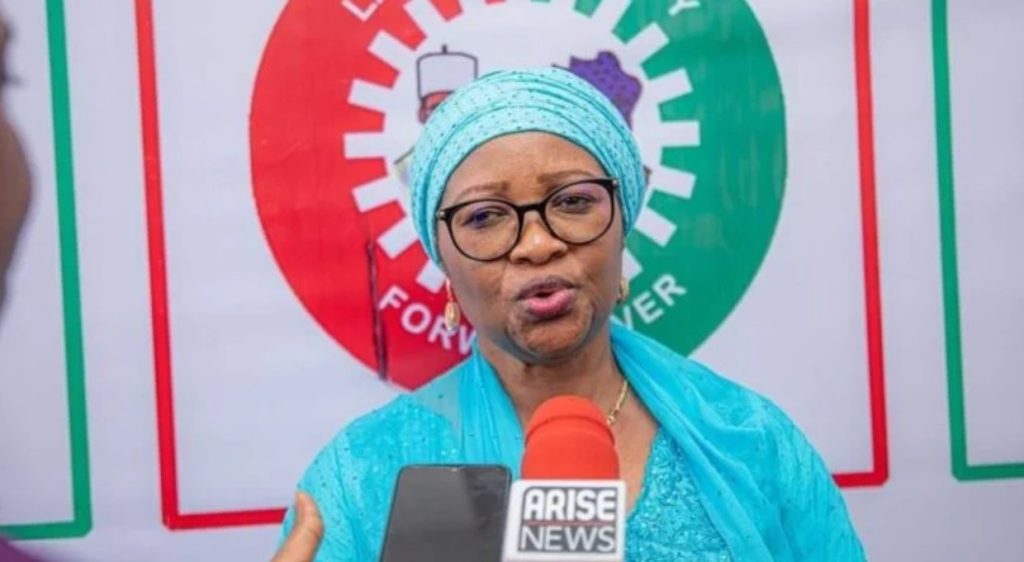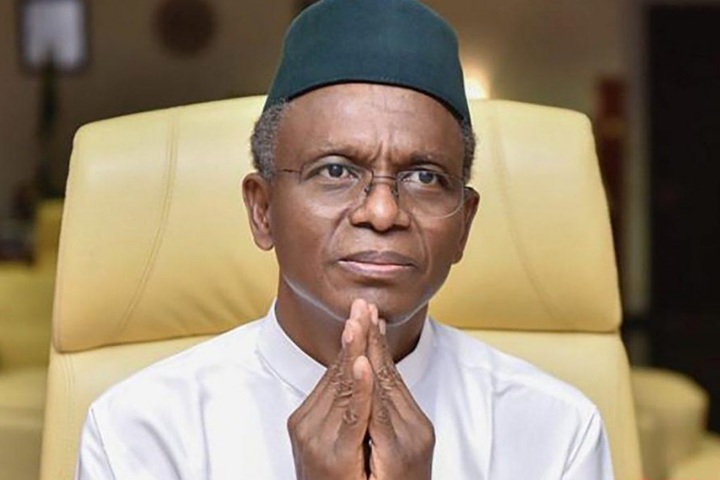Africa
Tear Gas, Gunfire, and Grief: Kenya’s Protest Anniversary Turns Violent
10 hospitalized for bullet wounds

At least 10 people were admitted to Kenyatta National Hospital with gunshot wounds, according to hospital sources and Citizen Television.
This followed protests in the streets of Nairobi and other cities in Kenya, on Wednesday, June 25, 2025.
One year after anti-government protests shook Kenya to its core, thousands once again flooded the streets of Nairobi and other cities on Wednesday, to mark the anniversary of a national trauma that has yet to heal.
The demonstrations, held under the heavy shadow of last year’s violence, quickly turned tense in the capital as police fired tear gas to disperse protesters.
This latest wave of unrest comes as a powerful reminder of the unresolved tensions stemming from the events of June 25, 2024.
This was when widespread outrage over proposed tax hikes ignited protests that left at least 60 people dead.
The outrage also saw demonstrators storm the national parliament in scenes that shocked the world.
Although President William Ruto’s government withdrew the tax proposals shortly afterward, the public’s anger has reportedly remained raw.
Local media say this was fueled by allegations of state brutality and continued police violence.
In recent weeks, national outrage was reignited by the death of Albert Ojwang, a 31-year-old teacher and blogger, who died in police custody under suspicious circumstances.
His death has become a rallying point for a generation of Kenyans demanding answers and accountability.
This week, six people—three of them police officers—were charged with Ojwang’s murder.
All pleaded not guilty, but the case has further exposed the deep cracks in Kenya’s security and justice systems.
“Nothing has changed,” said Kalonzo Musyoka, opposition leader and head of the Wiper Democratic Movement, while laying wreaths outside the heavily barricaded parliament.
“We are still waiting for justice. For reform. For the violence to stop.”
In Nairobi, protests were met with the now-familiar sight of heavily armed riot police, barricades, and tear gas canisters.
Roads into the city center were blocked, and a visible tension gripped the air. Demonstrations in Mombasa and Nakuru, however, remained largely peaceful.
Human rights organizations and opposition leaders say that, beyond the lives lost, last year’s protests were marked by widespread abuse.
The abuse ranged from enforced disappearances to beatings and arrests of peaceful demonstrators.
International concern has been mounting over what many see as Kenya’s regression into state repression.
In a joint statement issued on Tuesday, the embassies of the United States, United Kingdom, Canada, and several European nations called on Kenyan authorities to ensure peaceful demonstrations and to hold law enforcement accountable for violations.
“The use of plain-clothed officers in unmarked vehicles erodes public trust,” the statement read, referencing reports of police officers operating covertly during protests.
Rights groups have repeatedly warned that this practice undermines transparency and opens the door to abuse.
The use of unidentified “counter-protesters” also came under scrutiny.
Last week, Reuters journalists documented groups of men wielding sticks and whips attacking peaceful protesters.
While some in the government referred to them as patriotic citizens protecting businesses, critics argue they are being used to intimidate the public and sow chaos.
“No amount of compensation will fill that vacuum.
No amount of money will replace Rex,” said Gillian Munyau, the mother of 22-year-old Rex Kanyike Masai, who was among the first to be killed during last year’s protests.
Her tearful remarks on NTV Kenya echoed the sentiments of many grieving families who feel abandoned by the justice system.
In a statement late Tuesday, Kenya’s Foreign Affairs Ministry acknowledged the concerns.
However, he insisted that “any misconduct by law enforcement would be addressed through proper legal channels, including the judiciary and parliament.”
As the country marks this solemn anniversary, many are asking whether enough has changed to prevent a repeat of last year’s violence, or if Kenya is simply bracing for the next storm.
For the young, particularly students and recent graduates, these events carry added weight.
They reflect a broader disillusionment with institutions meant to serve and protect them.
For others, they signal the resilience of a people unwilling to be silenced.
For now, Kenya stands at a crossroads—between justice and impunity, memory and action.
And on the streets of Nairobi, the cry is clear: Never forget. Never again.
For Diaspora Digital Media Updates click on Whatsapp, or Telegram. For eyewitness accounts/ reports/ articles, write to: citizenreports@diasporadigitalmedia.com. Follow us on X (Fomerly Twitter) or Facebook












